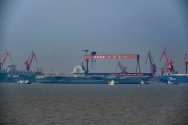You are using an out of date browser. It may not display this or other websites correctly.
You should upgrade or use an alternative browser.
You should upgrade or use an alternative browser.
CV-18 Fujian/003 CATOBAR carrier thread
- Thread starter Jeff Head
- Start date
@SAC bro we're relatives...lol all I can say is "Dee ho, tsia be, tsun yaa sui" translate to "are you fine, have you eaten and the ship is beautiful"...lolI previously lived in Fujian, so I'll claim a connection. Not that surprising to be named "Fujian". I'm confident there will be more carriers that need names.
That’s an error there. The USN reports the displacement of large naval vessels in long tons, not short tons.
The first of the class gained weight over the years. The younger CVN-76 is 98,000 long tons displacement.
Source:
The British ton is the long ton, which is 2240 pounds, and the U.S. ton is the short ton which is 2000 pounds.
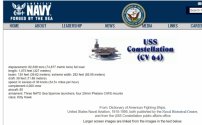
escobar
Brigadier
only in your headThere is speculation that 003 installed a small reactor to power em rail.
@james smith esq bro are you a fan? same here...lolHitomi?
Tanaka???
LOL!
I see it as a absolute win.So the nuclear carrier will be Taiwan-jian?
Why in your opinion do you think they went with a phased array? The radar is mounted on a platform that rotates both in azimuth and elevation.
Faster lock-on target?
Yes, electronically steering for faster track and lock with minute precise adjustments. You also have the collateral benefit of reducing mechanical parts which improves the radar's reliability, less maintenance, less mechanical wear and tear, and no cathode ray tube. Also the dome that looks like a rice hat could still be using conical scan, in contrast to the later radar with the flattened dome --- such as the Type 349 used in the Sov refits --- which should be monopulse. The phase array like this is also monopulse.
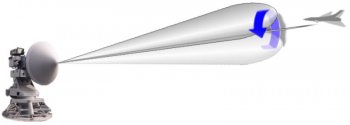
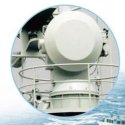
is it gonna have iep? cause wikipedia (I know, I know, not a reliable source) claims so, but iirc from the discussions here, it should have conventional propulsion, right?
The US Naval Vessel Register explains that with the exception of LPD, LCS and MCH-51 class, full displacement is in long tons. In the exceptional cases it is in metric tons, never in short tons. It is (very) old news that Nimitz class carriers displace around 100,000 metric tons.The British ton is the long ton, which is 2240 pounds, and the U.S. ton is the short ton which is 2000 pounds.
View attachment 90954
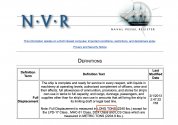
Last edited:

